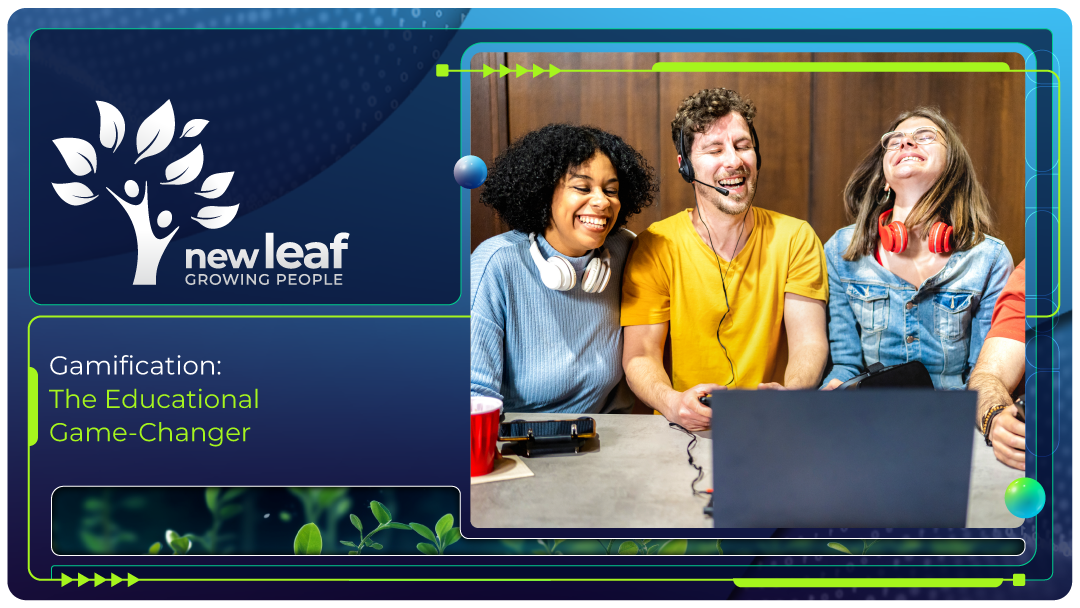
If you’ve experienced the mundane method of dreary PowerPoint presentations accompanied by dull teachers, you’ve probably left a lesson feeling more drained than informed. With that being said, a click-along eLearning course with minimal activity is just as dry as traditional procedures when it comes to retaining knowledge. It’s easy enough to feel guilty for what you might think is an inability to recollect learnt, but the truth is that the material and structure you’ve encountered is likely not engaging or relevant enough for anyone to recall without repetitively drilling it into the mind.
Parrot-learning is outdated, and more often than not, true understanding really comes from experience. This is where gamification can come in handy.
Training in any regard must occur often to be effective, and this is particularly true of online education. There are a number of constantly evolving distractions, like social media, which can make it hard to remain focused when it comes to cyberlearning. With clickbait and pop-up notifications, it’s easy to lose focus when attempting a course online, which is why it is necessary for educational technology to combat these interruptions by remaining enticing as well as relevant. The solution to this is the use of automated gamified solutions; ensuring simultaneous upskilling and an enjoyable education procedure.
Despite the name gamification, this technique is not entirely related to games. Rather, gamification is the process of making content engaging using game mechanics like rewards, leaderboards, or competition. The reason for using these elements is that they are proven to be addictive, and they are an ideal way to yield positive results in a learning environment. The use of simple design alterations can also keep users interested and compel further involvement. Take the collection of stars for example; if stars are rewarded for completing sections of a course, users may feel a sense of accomplishment, enticing them to further involve themselves in the learning process.
Often confused with game-based learning, gamification is the process of adding game-like features to a course rather than using a game in itself to learn. Gaming mechanics are used to create an updated and appealing learning experience for participants, which is not not only a positive cure for the boredom typically induced by traditional learning, but it also allows employees to improve their skills without disrupting the everyday operations of a company. This enables employees to make inevitable mistakes which are a part of the learning process away from clients, ensuring smooth operation when they take on real tasks in the workplace.
The purpose of gamification in the context of e-learning is to help users achieve their goals all the while keeping them captivated by warranting an enjoyable education experience. This technique is widely used in the courses created by New Leaf Technologies in order to ensure that users yield the highest possible knowledge retention of all necessary content stipulated by our clients.




